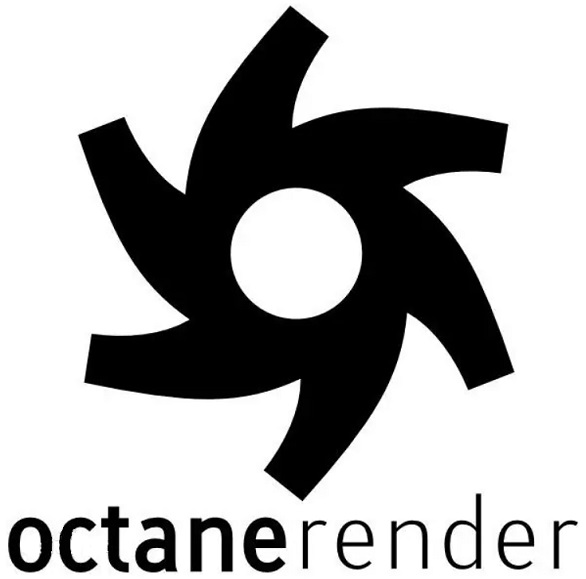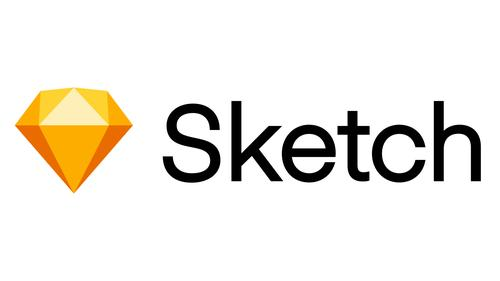Introduction

OctaneRender is one of the world's first and fastest GPU accelerated, physically corrected, and unbiased filters. It integrates advanced graphics technology. It has a huge speed improvement of 11100 times in terms of scene graphics, out of core geometry support, and RTX ray tracing GPU hardware acceleration. Octane was first developed by a New Zealand company in 2008 and was subsequently acquired by OTOY in 2012. It is now used in many 3D fields, including feature films, advertisements, animations, TV dramas, and even architectural rendering.
OctaneRender is a GPU rendering engine that calculates the final rendered image, aiming to achieve photo like realism. Octane is an unbiased rendering engine that uses GPU technology, which approaches physical accuracy because each pixel is pushed through the true path of light particles propagating in the scene. This strict process can cause a lot of confusion (think of noise) in the initial channel of unbiased rendering. After passing through some channels, the image begins to become smooth, and the error rate (noise) decreases over time. Although unbiased rendering engines produce excellent quality and realism, far superior to biased rendering engines, unbiased rendering is not "completed". It will always present until you simply save it and call it to complete.

Advantages of the Octane renderer:
Octane Render is the world's first truly GPU based, versatile, physics based rendering renderer. What does this mean? By using only the graphics card on your computer, you can achieve faster and more realistic rendering results... Compared to traditional CPU based rendering, it allows users to spend less time obtaining excellent works.
However, other software cannot do so like Octane. You can expect a speed increase of 10 to 50 times compared to traditional CPU based rendering with just one current GPU.
Using NVIDIA RTX acceleration for fast rendering: If you are currently using standard or physical rendering in Cinema4D, you may find that sometimes rendering a single frame of a simple scene may take several minutes. Octane helps reduce simple scenes such as butter and reduces rendering time from a few minutes to a few seconds. Thanks to NVIDIA ray tracing GPUs that support multiple GPUs, Octane RTX hardware acceleration can increase rendering speed by up to 2-5 times.
Improve your workflow speed with liveviewer: The liveviewer in Octane allows users to view rendered scenes in almost real-time. Especially because Octane can utilize GPU to handle rendering. Whenever an object, light, mesh, or any texture attribute is added or changed, updates can be seen in real-time

Hardware requirements for Octane Render Windows ® 7 or higher (64 bit), Linux ® (64 bit), macOS ® 10.13.6 High Sierra (note: NVIDIA CUDA is not supported on 10.14 Mojave and 10.15 Catalina)
OctaneRender requires the latest CUDA ® 10 Drivers and NVIDIA with CUDA support for 3.0 or higher computing power ® Video card. It also requires at least 8 GB of RAM, and we recommend 16 GB or more. GeForce ® The GPU of the series is usually more expensive than the Quadro ® And Tesla GPU has a higher clock frequency and faster rendering speed. OctaneRender seamlessly scales in multiple GPU configurations and can simultaneously use different types of NVIDIA cards. If VRAM is insufficient, the Out Of Core function of OctaneRender can be enabled. Since OctaneRender does not use a CPU for rendering, it does not require a fast multi-core CPU, but it does significantly improve scene loading speed.
Important note: For Octane version 3.03.2 or higher, it is recommended to use Nvidia GTX Titan X, GTX 1080, and GTX 1070. For Octane version 3.08 or higher, Octane users should use Nvidia RTX or Nvidia Titan V.

How to improve the rendering speed of Octane?
The Cinema 4D Octane material is difficult to render, rendering is slow, rendering crashes, local rendering resources are insufficient, and the computer configuration is not sufficient. You can use cloud rendering to choose the appropriate configuration according to the project requirements. Batch rendering can be performed, resulting in faster and more efficient results. Each layer can have an independent task, and machine rendering can be assigned separately to improve rendering efficiency.









